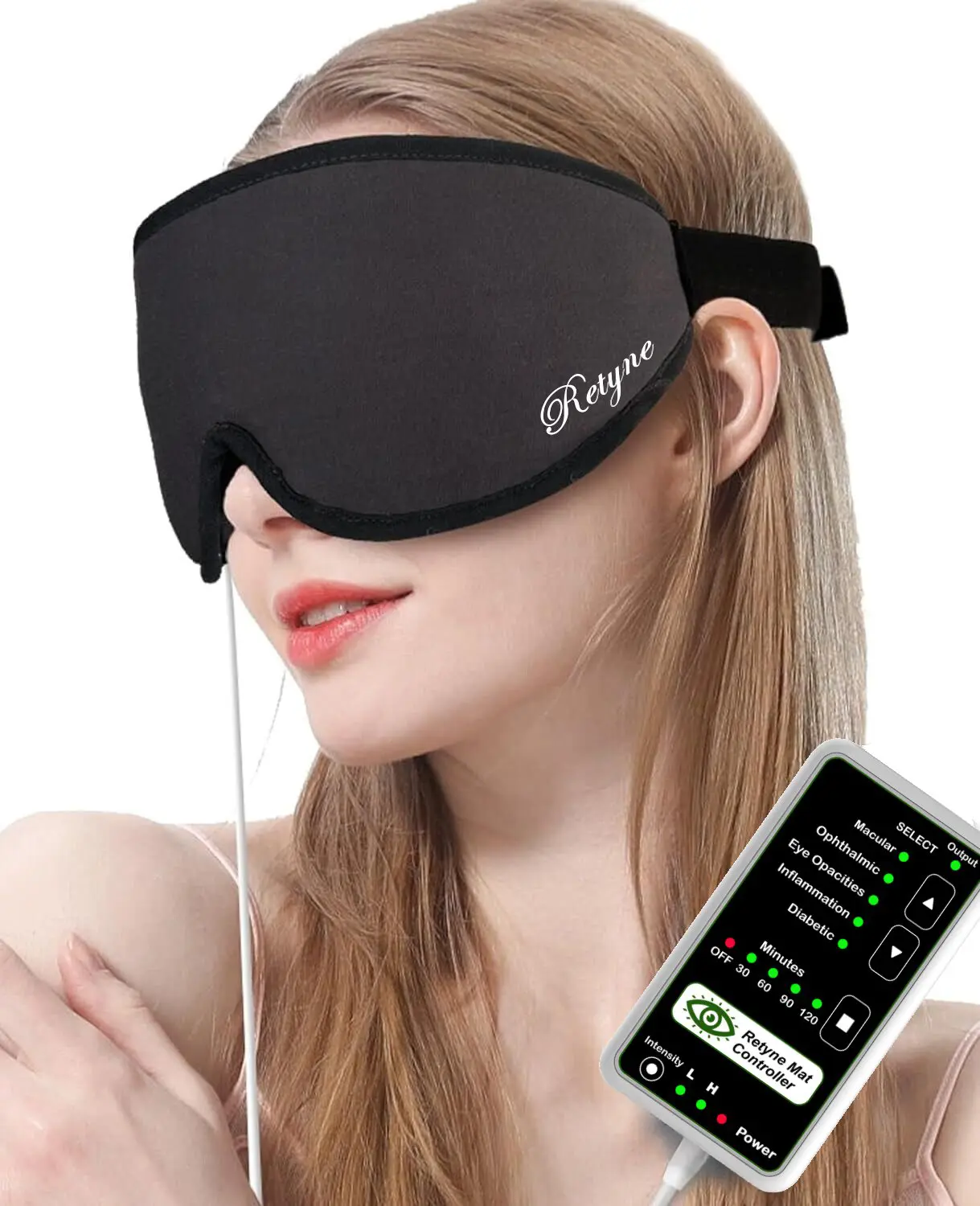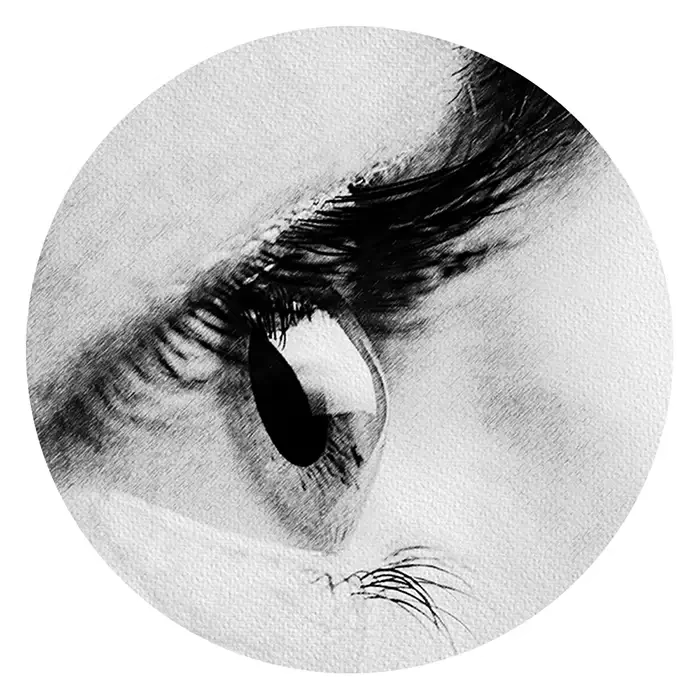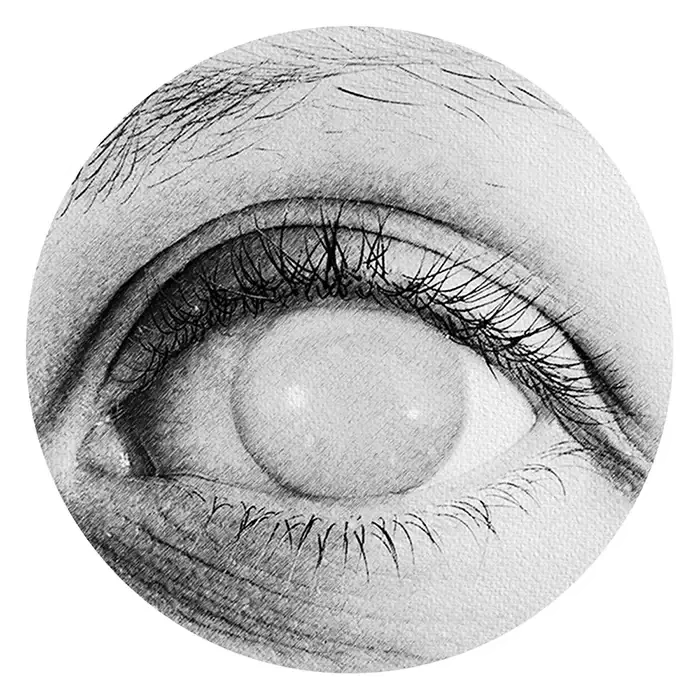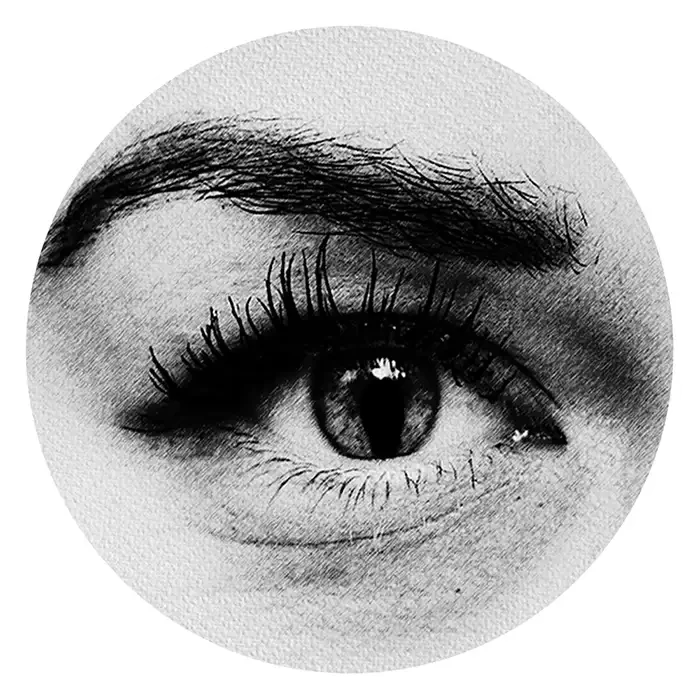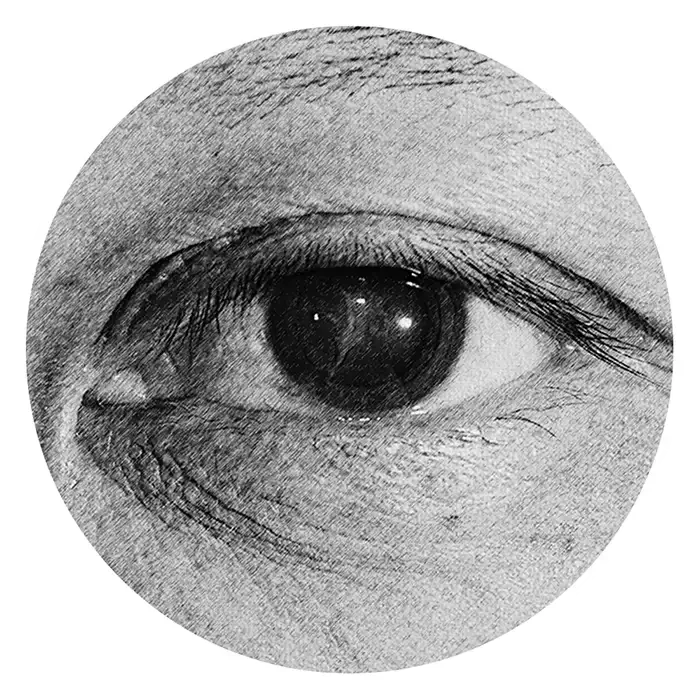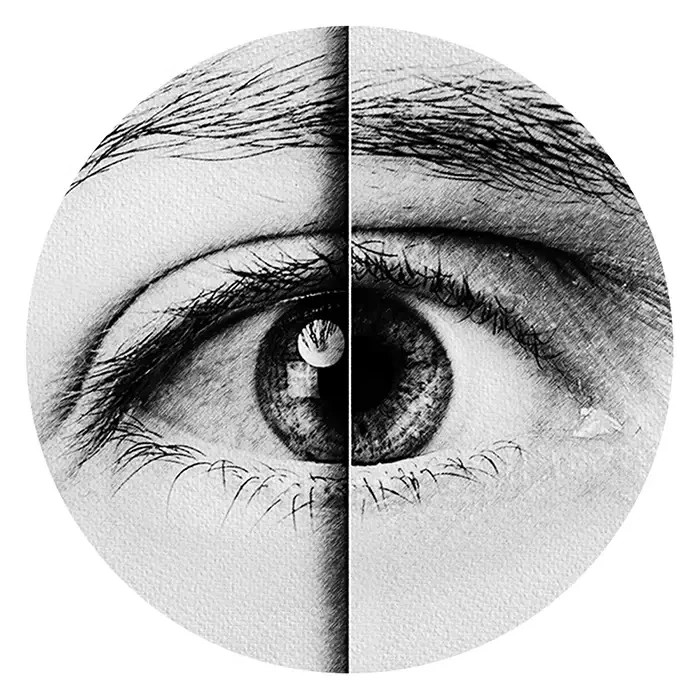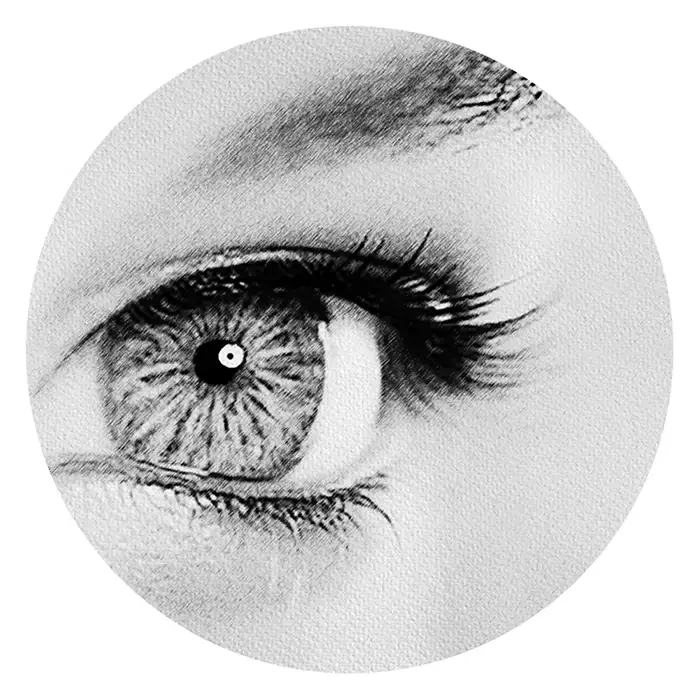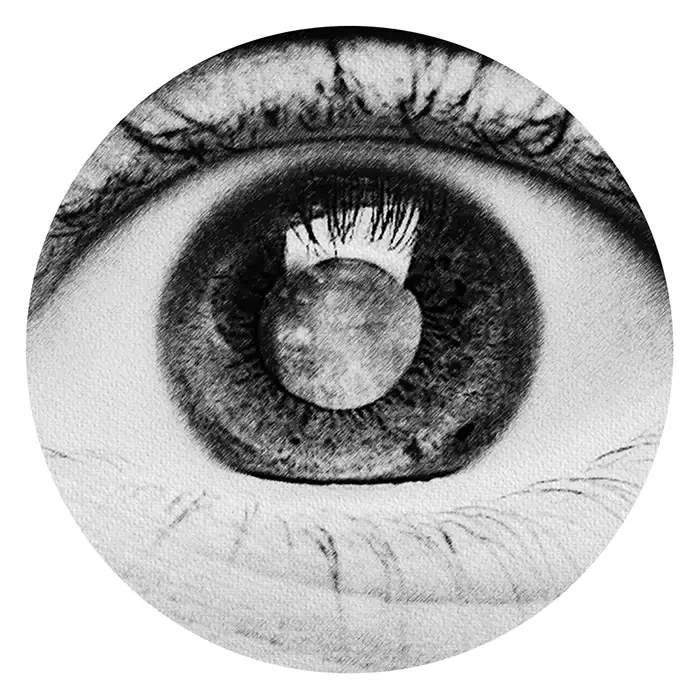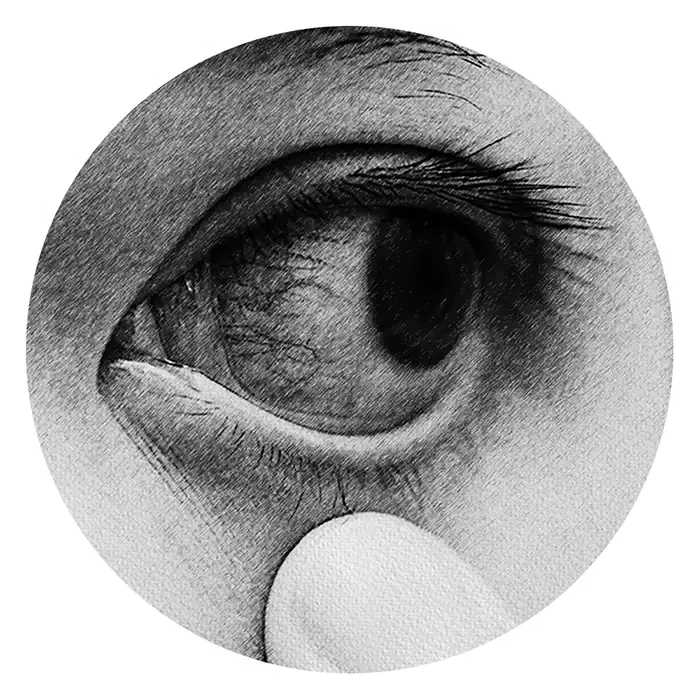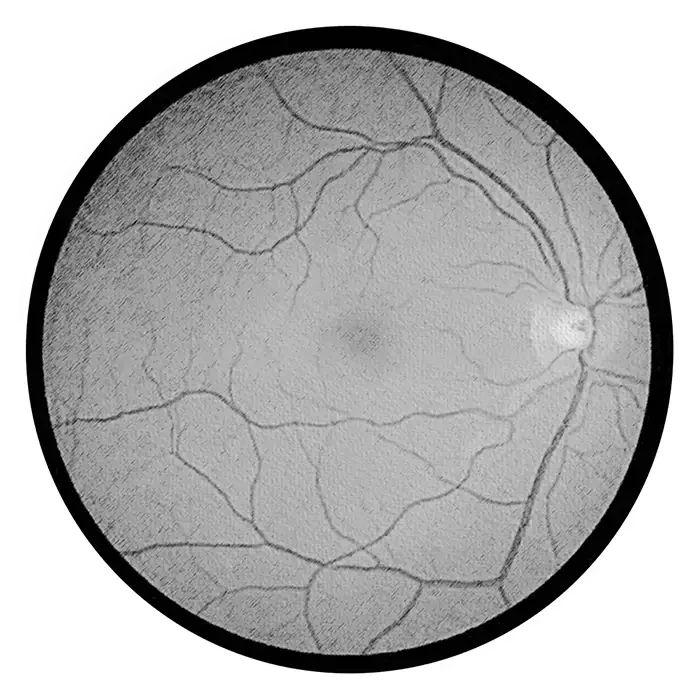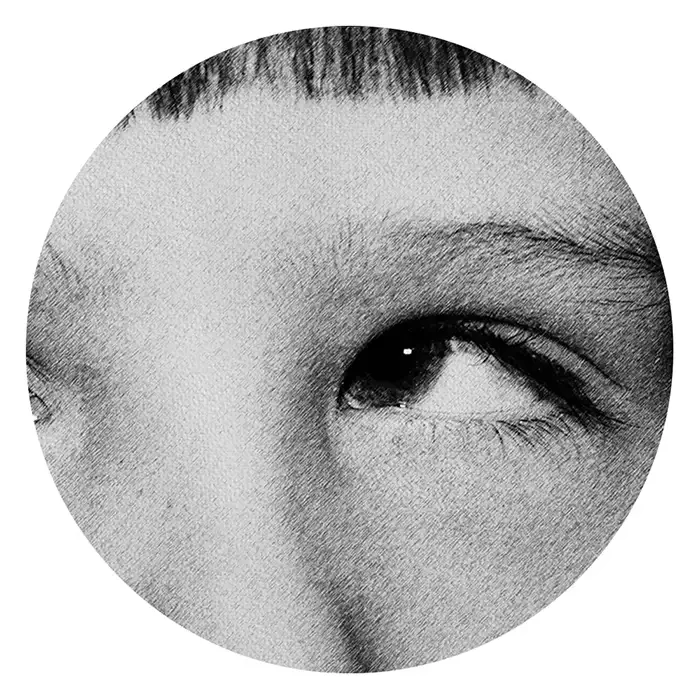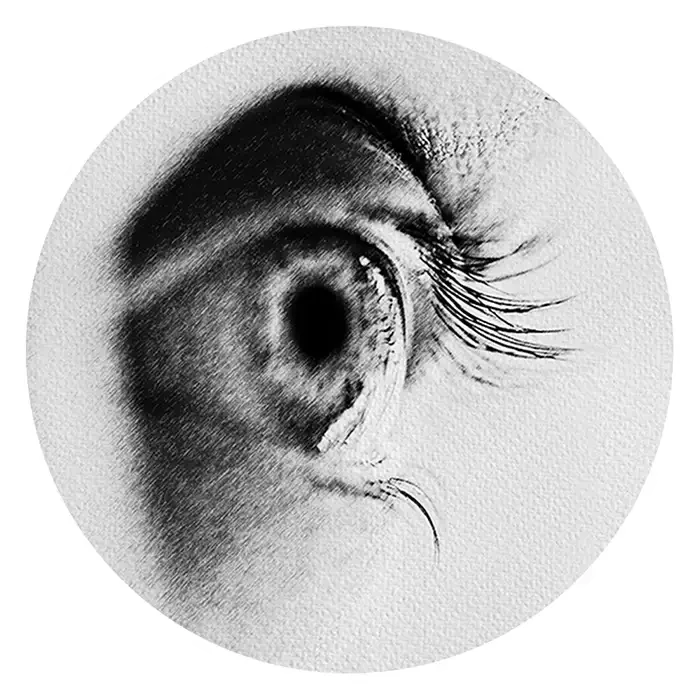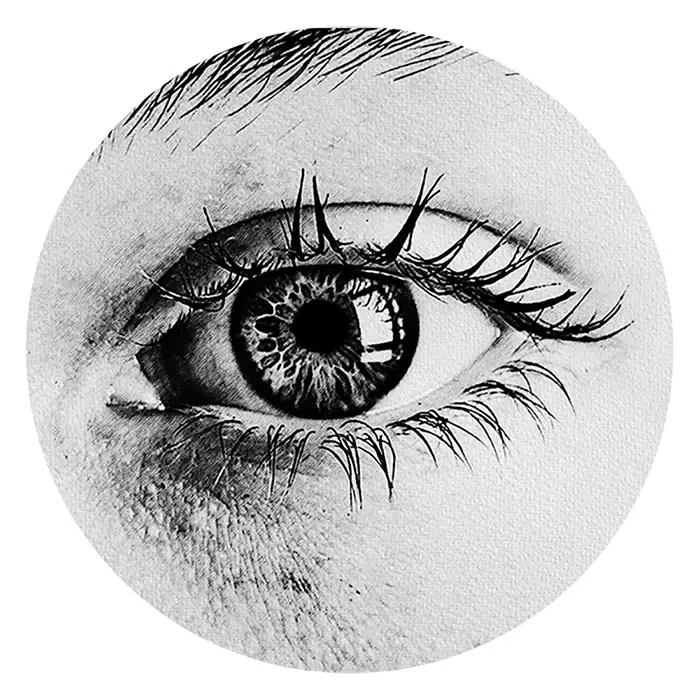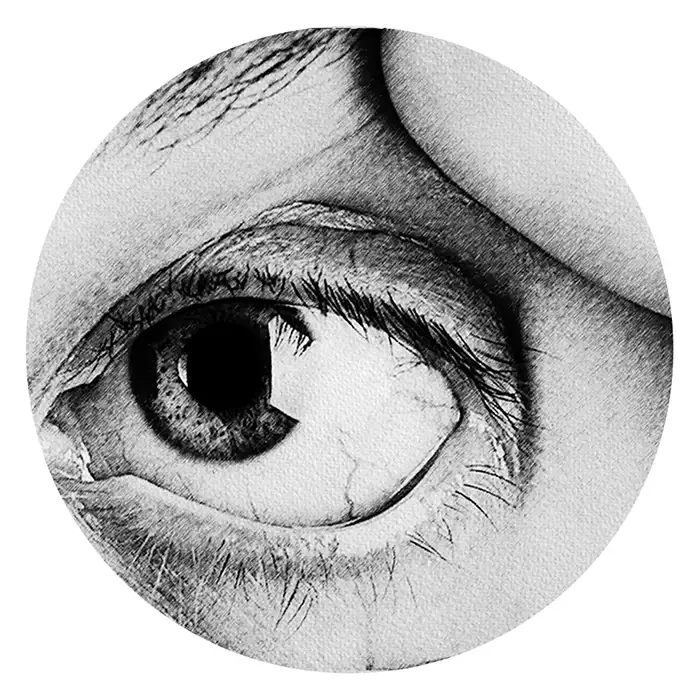Diabetic cataracts:

Diabetic cataracts represent a complication of diabetes characterized by clouding of the eye's natural lens. While cataracts commonly develop with age, individuals with diabetes are at an increased risk of developing cataracts at a younger age and may experience a more rapid progression of the condition. The exact mechanisms by which diabetes contributes to cataract formation are not fully understood, but prolonged exposure to high blood sugar levels is thought to play a role in the development of diabetic cataracts. Symptoms of diabetic cataracts include blurry vision, glare sensitivity, and difficulty seeing at night, which can significantly impact daily activities and quality of life.
Diagnosis of diabetic cataracts typically involves a comprehensive eye examination by an ophthalmologist. The eye doctor will assess visual acuity, examine the lens for signs of clouding, and evaluate the overall health of the eye. In addition to a slit-lamp examination, imaging tests such as optical coherence tomography (OCT) may be used to provide detailed images of the lens and surrounding structures. Early detection and intervention are essential in managing diabetic cataracts, as timely treatment can help preserve vision and prevent further progression of the condition.
The Retyne Infrared Eye Treatment Mask offers a promising therapeutic approach for managing the symptoms of diabetic cataracts. Program #5 on the Retyne controller, utilizing invisible infrared light therapy, is specifically designed to target the underlying mechanisms of cataract formation and progression. By delivering infrared light directly to the affected eye, the Retyne mask can help reduce inflammation, promote tissue repair, and improve lens clarity, thereby alleviating symptoms associated with diabetic cataracts such as blurry vision and glare sensitivity. This non-invasive and convenient treatment option can be used in the comfort of the patient's home, offering a safe and effective adjunct to traditional therapies for diabetic cataracts and providing hope for improved vision and quality of life.

The Retyne eye treatment mask utilizes a general selection of frequencies (0.15, 0.89, 1.7, 6.97, 12.89, 62.3, 421, 465, 895, 951.3) specifically tailored to address Diabetic cataracts. These frequencies have been meticulously chosen for their proven effectiveness in managing and treating this visual condition. Retyne's approach involves converting each frequency into invisible infrared light output, marking a groundbreaking fusion of frequencies with light—a pioneering technology pioneered by Retyne Labs.
Inspired by the groundbreaking work of Dr. Rife, who identified healing properties in specific frequencies and utilized light for their transmission, Retyne's innovative method capitalizes on current research on invisible infrared technology and builds upon past studies on light transmission through frequency sources. The result is the Retyne eye Treatment Mask, a convergence of state-of-the-art advancements in the field of visual care.
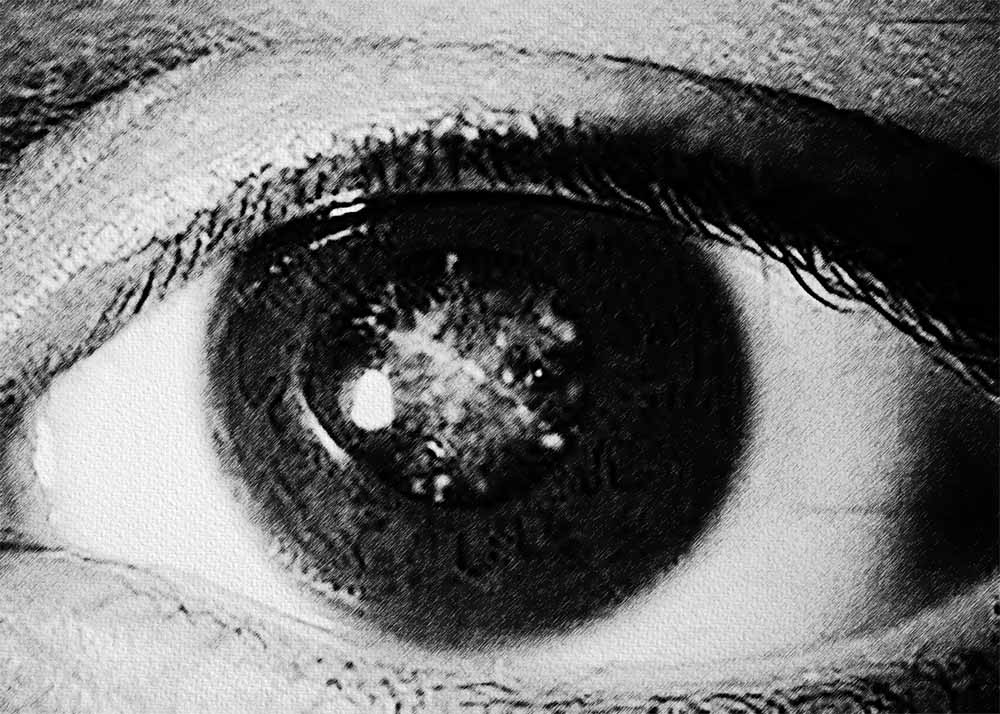
Moreover, for those utilizing advanced hardware such as the RDPV4, a secondary set of specific frequencies for Diabetic cataracts (0.97, 5.78, 7.5, 37.5, 125.19, 250, 325.65, 517.5, 683, 712.42) is available. The RDPV4 offers an expanded range of frequencies, finely calibrated to provide even greater precision in addressing Diabetic cataracts. By incorporating this secondary set of frequencies, the RDPV4 elevates the potential therapeutic benefits of the Retyne eye Treatment Mask, catering to individuals seeking advanced solutions for their visual health needs.
Diabetic cataracts general group exists at program 1229 on the International ETDFL frequency list
Diabetic cataracts specific group exists at program 619 on the International ETDFL frequency list
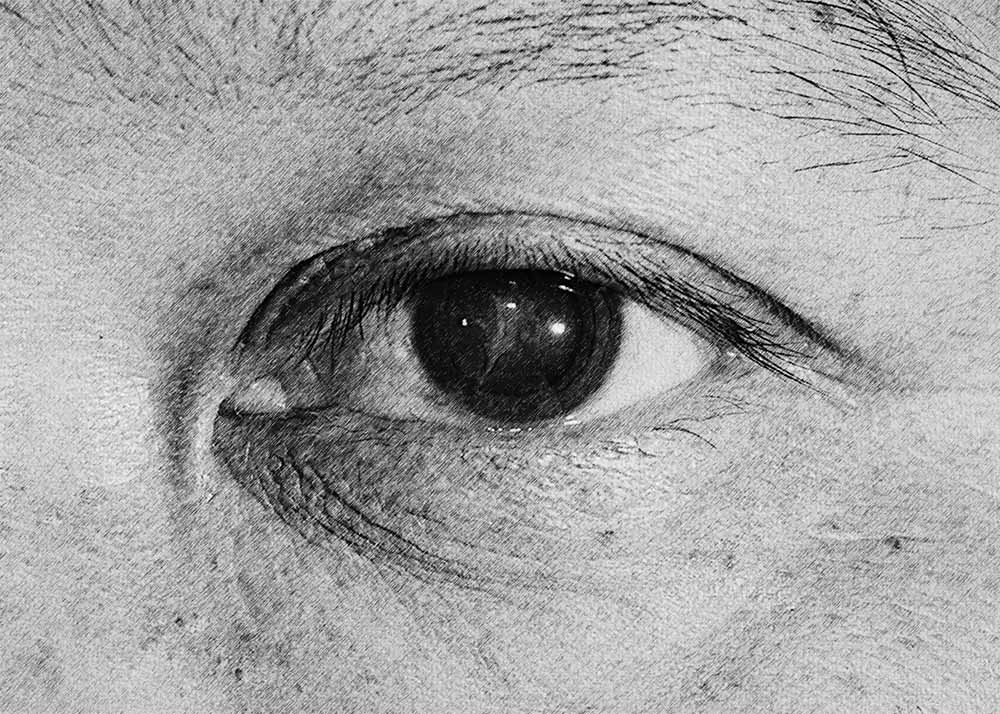
Compatibility
Standalone controller (Program #5) (Controller shipped with Retyne Eye Treatment Mask)
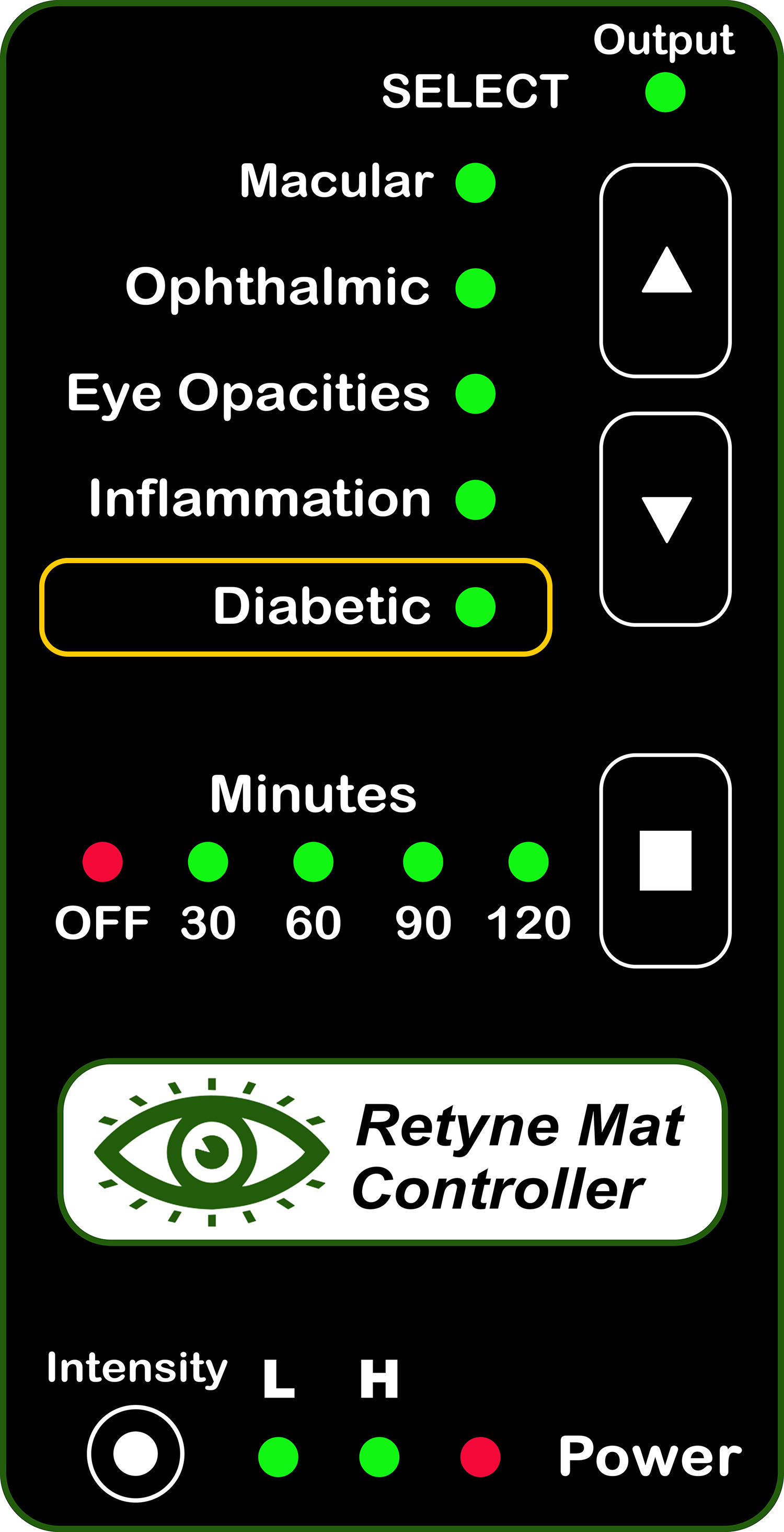
RDPV4 (Direct connect, use group 1229 & 619)
RDPV4 Light Mask Program button 5 and 3
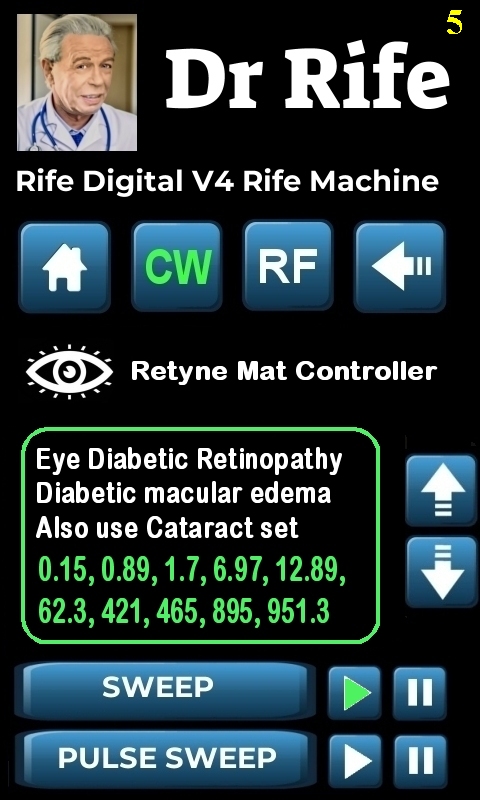
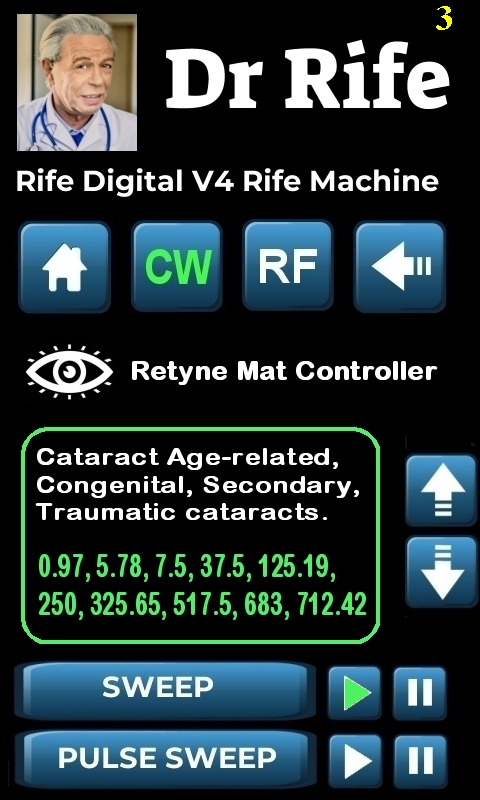
Click here for instructions on using the Retyne Mask + Controller
